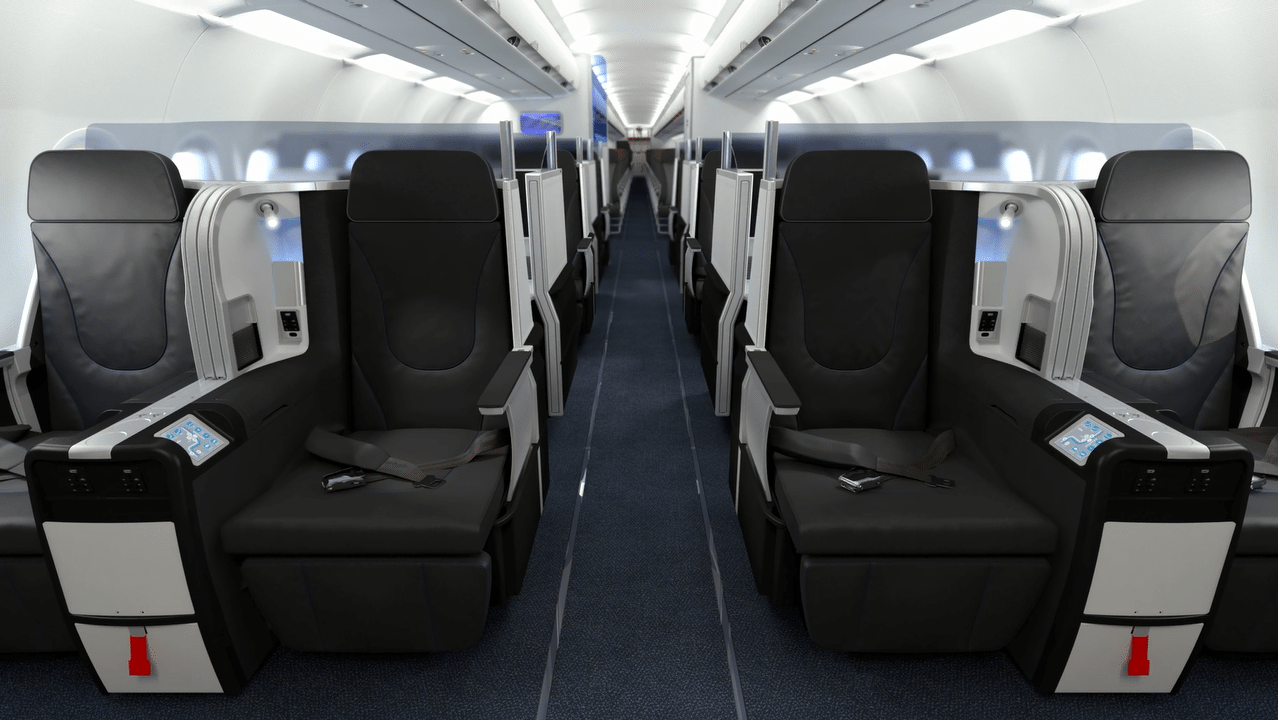United and JetBlue Announce New Services in the Battle for Transcontinental Passengers

Skift Take
Brooklyn was too hip for United anyway.
The transcontinental airline business between New York and California has long been one of the more profitable in the United States.
A sector tirelessly fought over by legacy and low-cost carriers, the most recent battle was staged with upgraded airplanes and fancy lie-flat seats. Now that that skirmish has settled (see: JetBlue's Mint), the next arms race is about how much service each carrier can provide.
Last week, United and JetBlue began the posturing.
United started the transcon shuff
